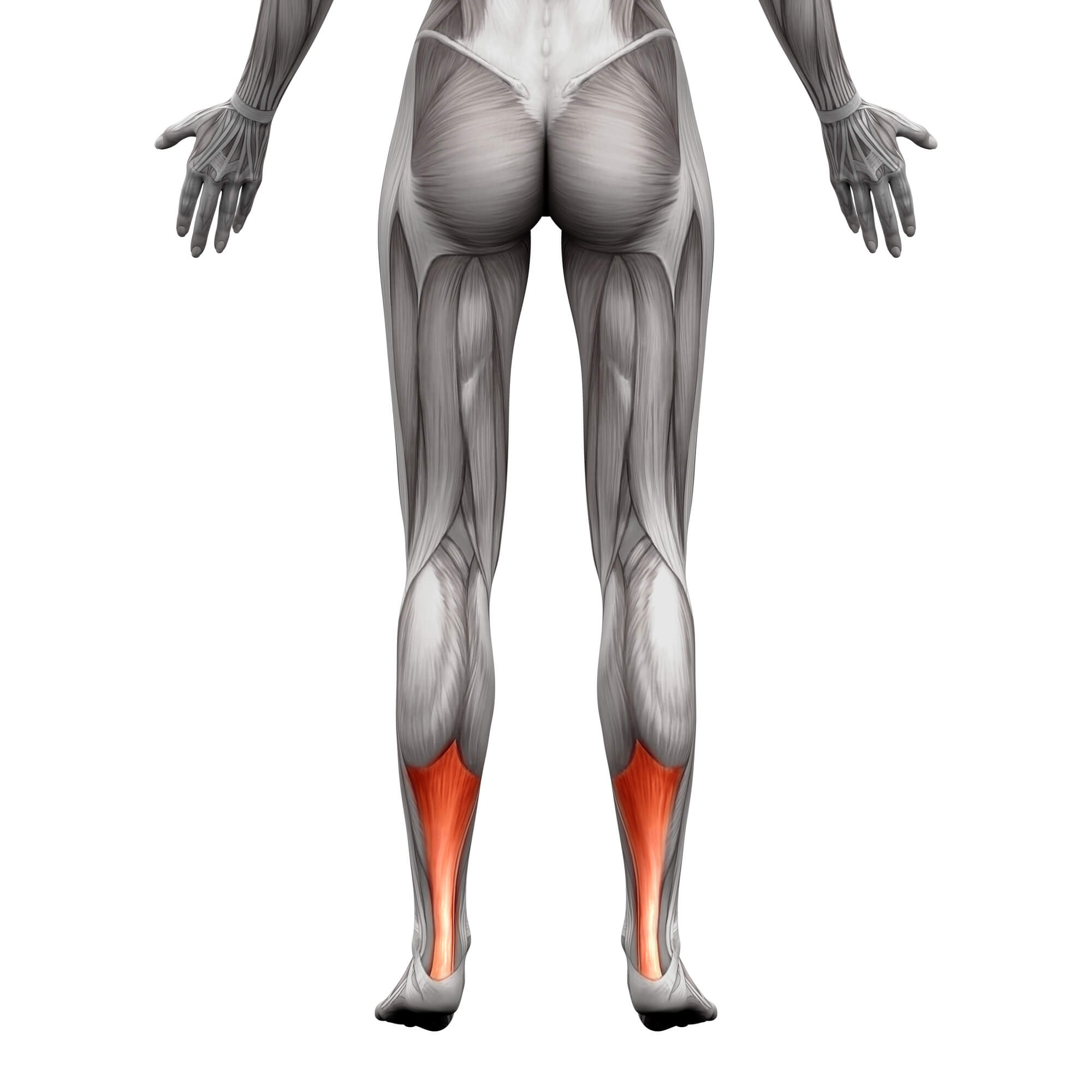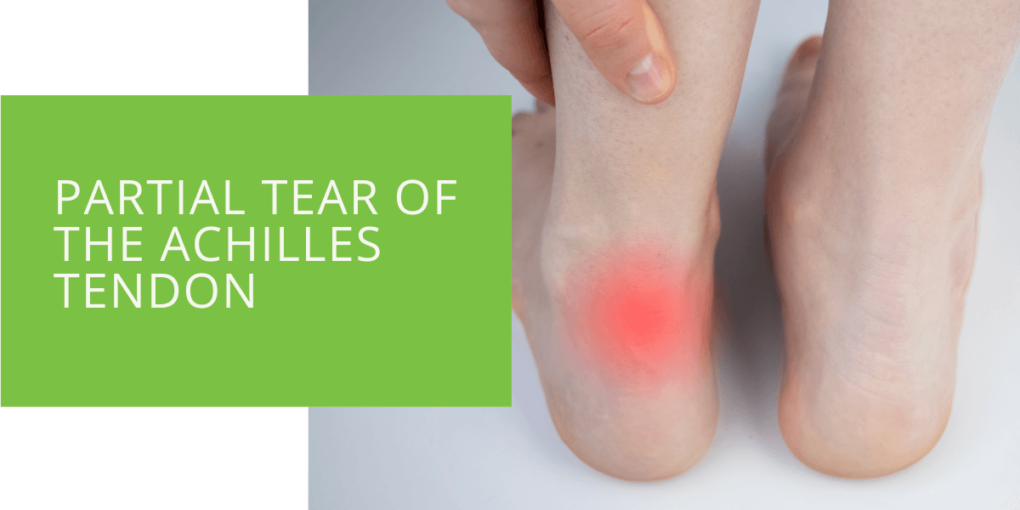Understanding a Partial Tear of the Achilles Tendon
The Achilles tendon is a true marvel of the human body. It is the largest and strongest tendon that facilitates our mobility and bears the force of our movements. It links the calf muscles to the heel bone, playing a pivotal role in activities like walking, running, and jumping. However, despite its robustness and resilience, the Achilles tendon is not immune to injury, and a partial tear is one of its most common afflictions. Various factors, including overuse, sudden changes in intensity or frequency of physical activity, or direct trauma to the ankle, can cause partial tears.
A partial Achilles tendon tear can be a debilitating injury that can significantly impact an individual's ability to lead an active lifestyle. It is important to have a profound understanding of this injury, including its anatomy, the nuances of partial tears, symptoms, potential causes, diagnostic procedures, treatment alternatives, and the road to recovery. In this comprehensive guide, we aim to provide all the information you need about partial Achilles tendon tears. Whether you are an athlete or a fitness enthusiast, this guide will help you understand the causes, symptoms, and treatment options available for partial Achilles tendon tears, empowering you to make informed decisions about your health and well-being.
Key Takeaways
- A partial Achilles tendon tear is a common injury, often caused by overuse or repetitive stress, leading to symptoms like pain, swelling, and weakness in the calf muscles.
- Diagnosis by a healthcare provider, possibly through imaging like an MRI, is crucial to determine the severity of the tear and appropriate treatment, which can range from conservative methods to surgery.
- Rehabilitation and long-term preventive measures, including proper footwear and attentive self-care, are essential to ensure a successful recovery and reduce the risk of future Achilles tendon injuries.
Anatomy of the Achilles Tendon
To truly grasp the significance of a partial Achilles tendon tear, comprehending this vital structure's intricate anatomy is essential. The Achilles tendon is located at the rear of the heel and is the convergence point of the calf muscles, the gastrocnemius, and the soleus. This powerful tendon is a robust bridge between the muscles and the heel bone (calcaneus). The Achilles tendon propels us forward, allowing us to easily perform everyday tasks and engage in athletic activities.
What is a Partial Tear?
A partial Achilles tendon tear occurs when some of its fibers are injured but not completely ruptured. This injury exists on a spectrum with varying degrees of severity. Understanding this concept is critical because it distinguishes partial tears from complete ruptures, where the tendon is torn entirely. The extent of the tear can range from minor damage to a significant injury that demands immediate attention.
Symptoms and Causes
Symptoms of a Partial Achilles Tendon Tear
- Gradual Onset of Pain and Swelling: Initially, you may notice mild discomfort in the back of your ankle. Over time, this discomfort can evolve into persistent pain and swelling.
- Stiffness and Discomfort: The affected area often feels stiff, especially in the morning or after extended rest periods or inactivity.
- Weakened Calf Muscles: A partial tear can lead to a noticeable weakening of the calf muscles, affecting your ability to perform activities that require calf strength.
- Popping or Snapping Sensation: In some cases, individuals report hearing or feeling a popping or snapping sensation at the time of the injury.
Common Causes and Risk Factors
Partial Achilles tendon tears are typically the result of repetitive stress or overuse. Athletes who engage in sports that demand sudden and forceful movements, such as basketball or sprinting, are particularly susceptible to this injury. Additionally, age plays a role, as the tendon naturally weakens over time, making middle-aged and older individuals more prone. A history of Achilles tendon injuries can also increase the risk of experiencing a partial tear.

Diagnosis and Evaluation
A prompt and accurate diagnosis is pivotal when you suspect a partial Achilles tendon tear. Healthcare providers, especially podiatrists and orthopedic surgeons, play a crucial role in this process. They employ a combination of assessment techniques, which may include:
- Physical Examination: Your provider will conduct a thorough physical examination, evaluating the ankle for pain and swelling and assessing your range of motion.
- Imaging: In many cases, diagnostic imaging, such as Magnetic Resonance Imaging (MRI), is employed to gain a comprehensive view of the extent of the tear and to rule out other conditions like tendinopathy.
Treatment Options
Nonsurgical Treatment
Nonsurgical approaches are often the first line of defense for managing a partial Achilles tendon tear. These conservative treatments aim to alleviate symptoms and promote healing without the need for surgery. They may include:
- Rest: Temporary avoidance of activities that exacerbate the injury.
- Immobilization: Wearing a walking boot or cast protects the tendon and reduces stress.
- Physical Therapy: Customized exercises that help strengthen the calf muscles and improve the ankle range of motion.
- Orthopedic Care: Regular follow-ups with your healthcare provider to monitor progress and make any necessary adjustments to the treatment plan.
Surgical Interventions for Achilles Tendon Repair
In some cases, surgical intervention may be necessary, especially if the tear is severe or conservative methods have not yielded the desired results. Surgical options can include minimally invasive procedures and open surgery:
- Minimally Invasive Procedures: These techniques involve smaller incisions associated with quicker recovery times.
- Open Surgery: In more complex cases, open surgery may be required to repair the torn tendon adequately.
Choosing an Ankle Specialist
Selecting the right healthcare provider is crucial in effectively managing a partial Achilles tendon tear. Ankle specialists, such as podiatrists and orthopedic surgeons, possess the expertise necessary for accurate diagnosis and developing a tailored treatment plan. The choice of a specialist can significantly impact the outcome of your treatment.
Rehabilitation and Recovery
Rehabilitation is a pivotal phase in the recovery journey following partial Achilles tendon tear treatment. It involves a series of steps and considerations, including:
- Physical Therapy: Tailored exercises designed to restore the affected area's strength, flexibility, and function.
- Gradual Return to Activity: A structured plan for safely reintroducing physical activities, ensuring the tendon heals properly.
- Monitoring: Regular follow-up appointments with your healthcare provider to assess progress, address concerns, and make necessary adjustments to your rehabilitation plan.
Long-term Care and Prevention
Preventing future Achilles tendon injuries is essential for maintaining overall foot and ankle health. Here are some practical steps to consider:
- Proper Footwear: Choose appropriate shoes for your activities, ensuring they provide adequate support and cushioning.
- Warm-Up and Stretching: Before engaging in physical activities, warm up your muscles and perform stretching exercises to prepare your Achilles tendon and calf muscles.
- Listening to Your Body: Pay close attention to any discomfort or pain in your Achilles tendon, and don't hesitate to seek medical attention if you suspect an issue.
Conclusion
A partial Achilles tendon tear is a complex injury requiring prompt attention and appropriate treatment. As experts in foot and ankle care, we emphasize the significance of early diagnosis and the implementation of a tailored treatment plan. If you suspect you may have a partial Achilles tendon tear, we urge you not to delay seeking medical evaluation and guidance. Our dedicated team is committed to helping you recover and regain the mobility you deserve. Don't let this injury impede your lifestyle; take the initiative to schedule an appointment with us today. Your Achilles tendon health is our top priority, and we're here to support you on your journey to healing and wellness.

